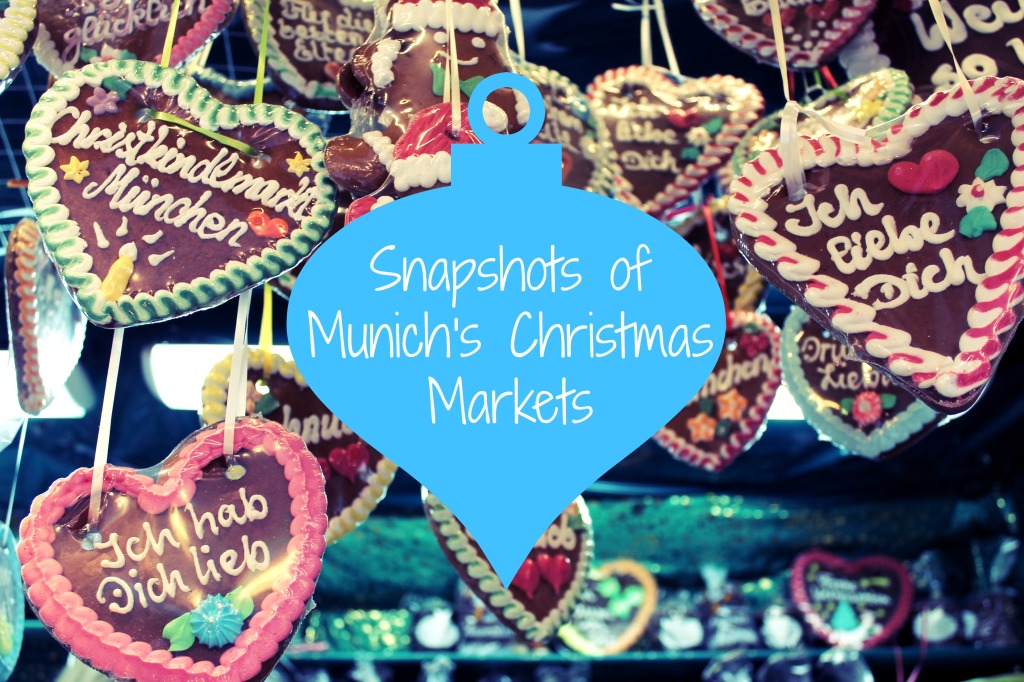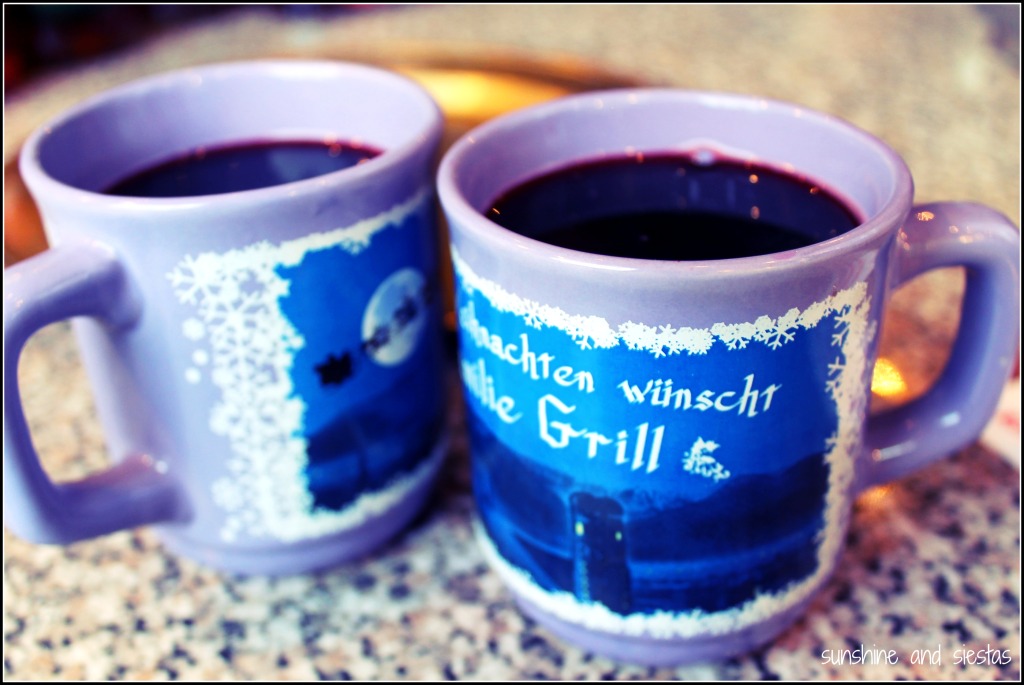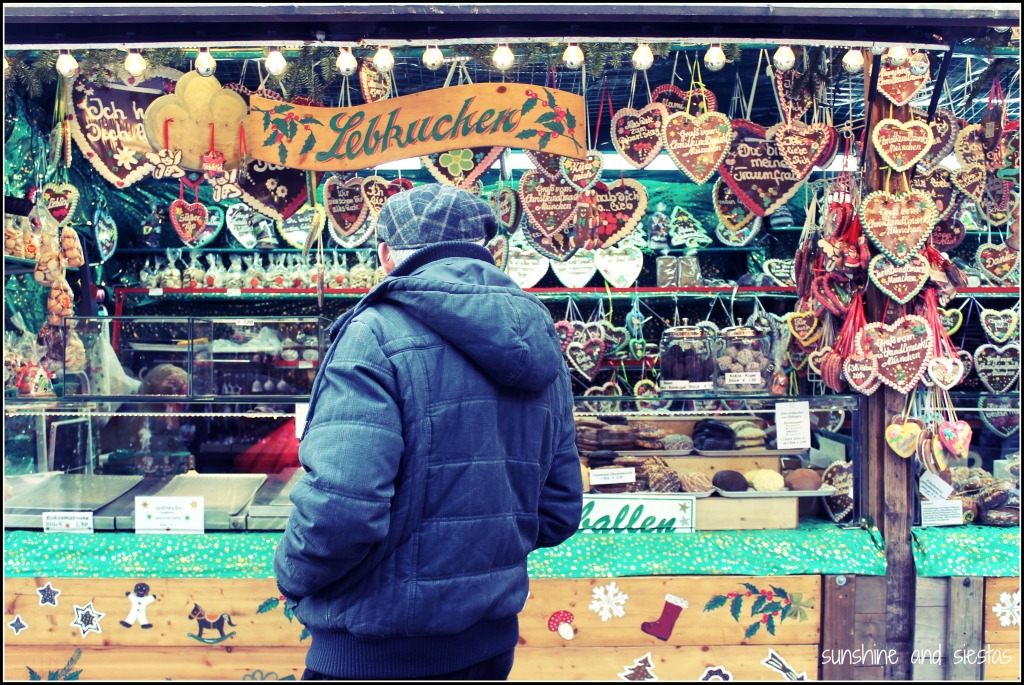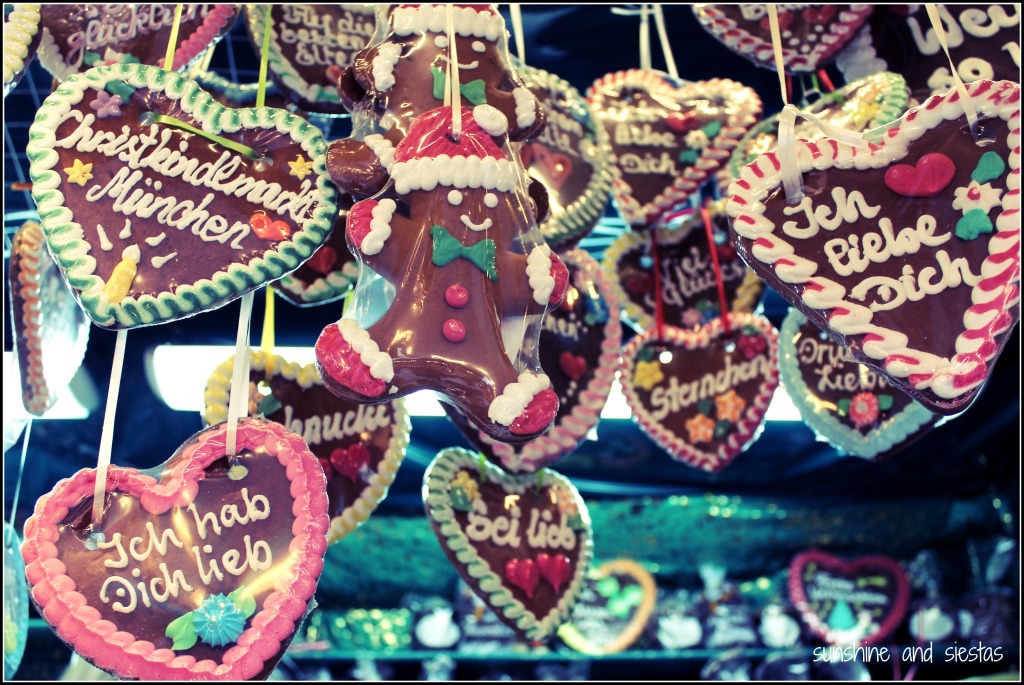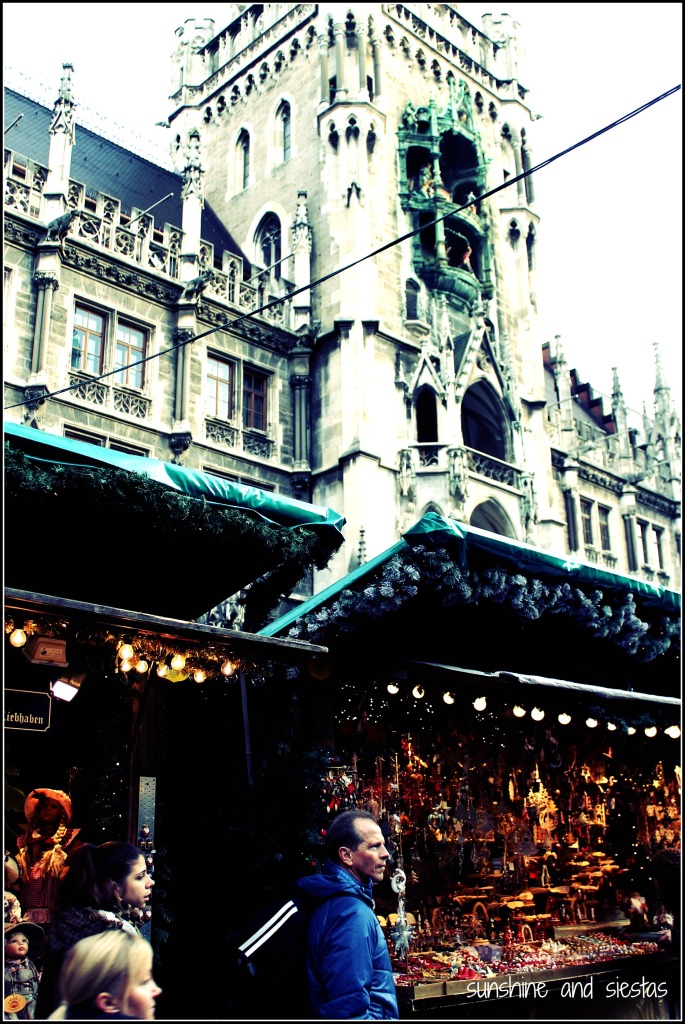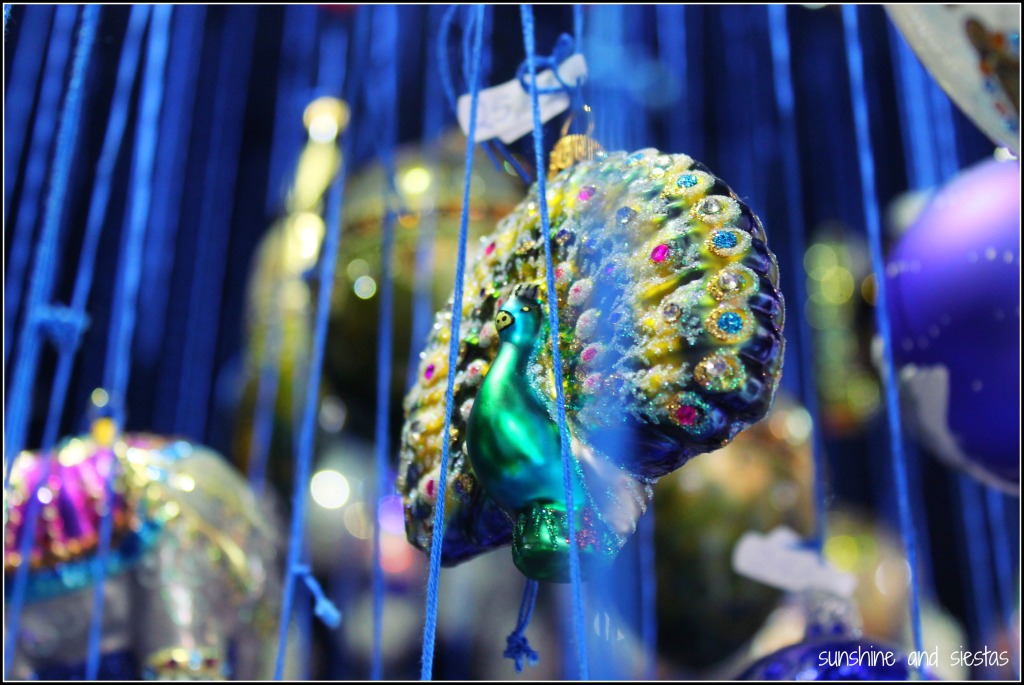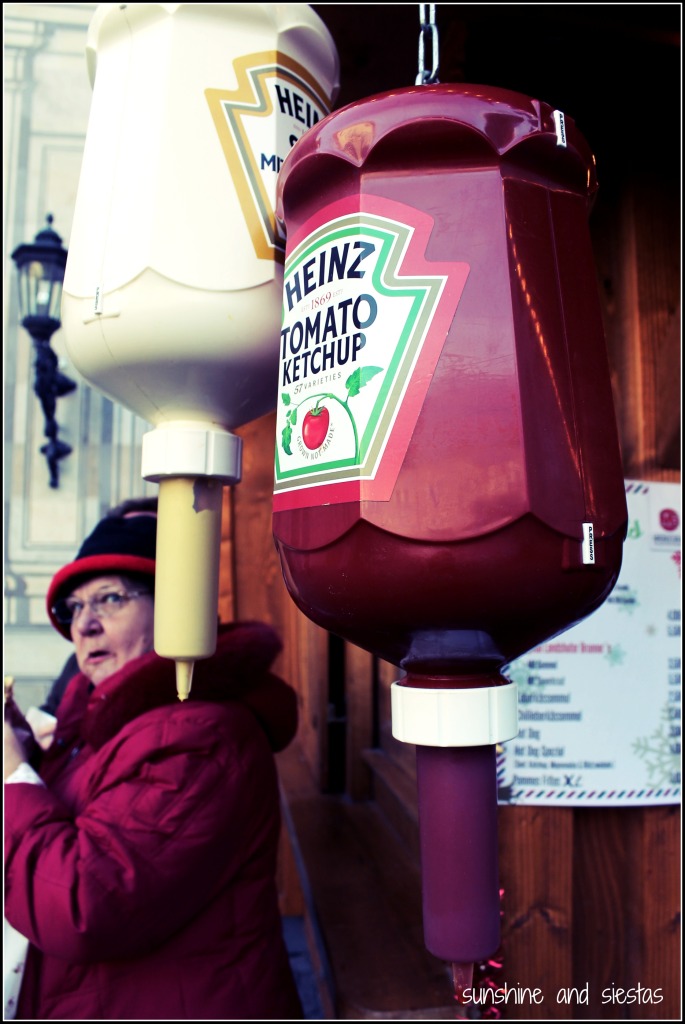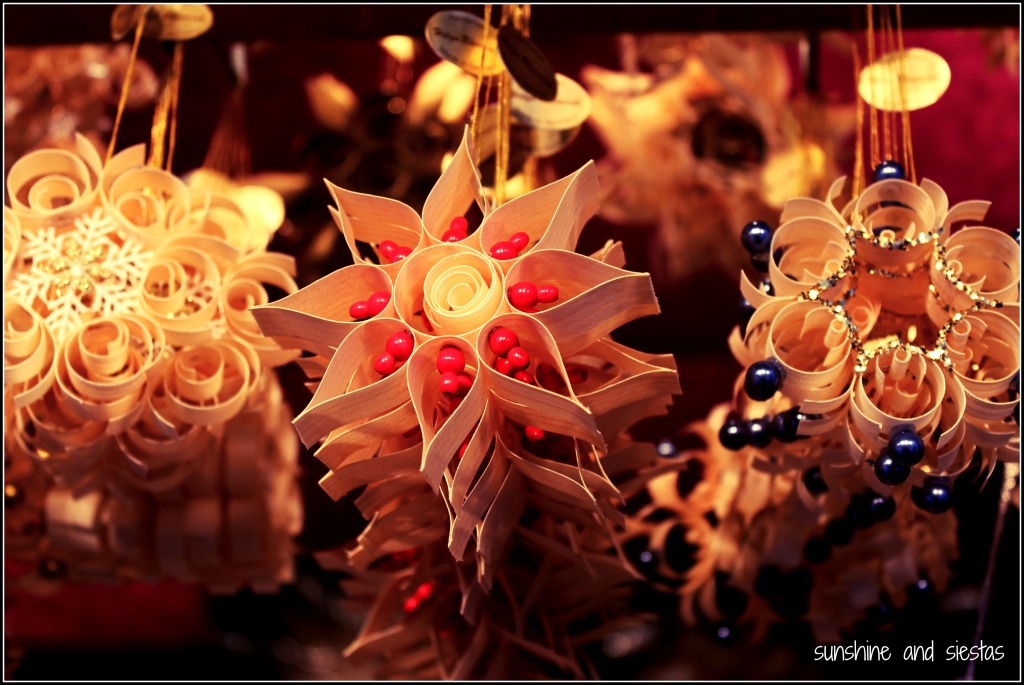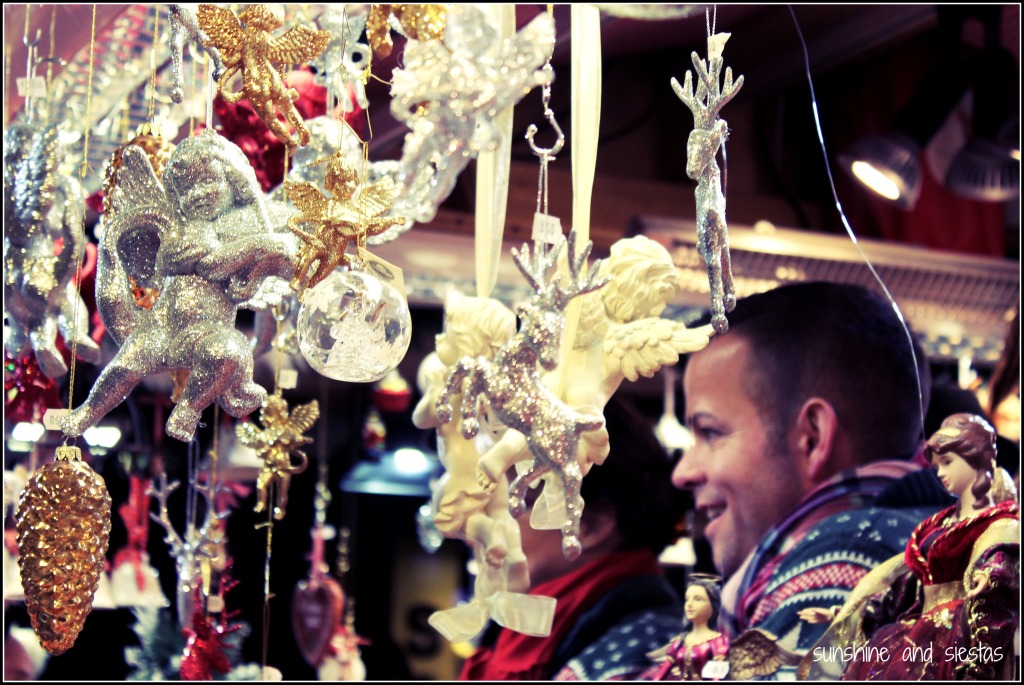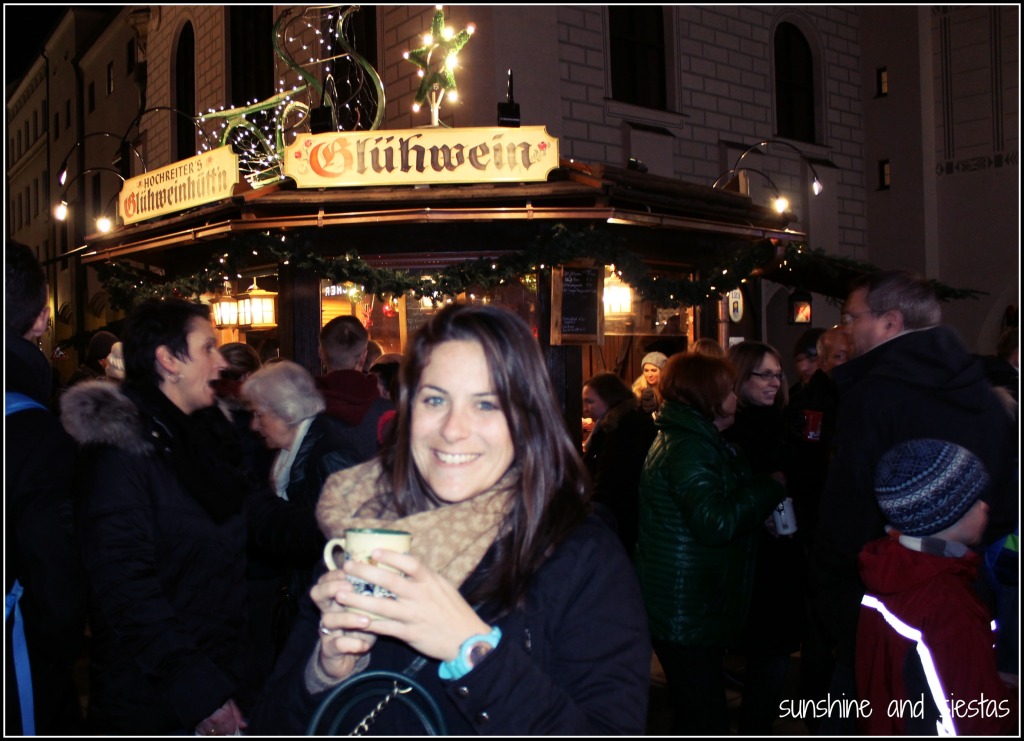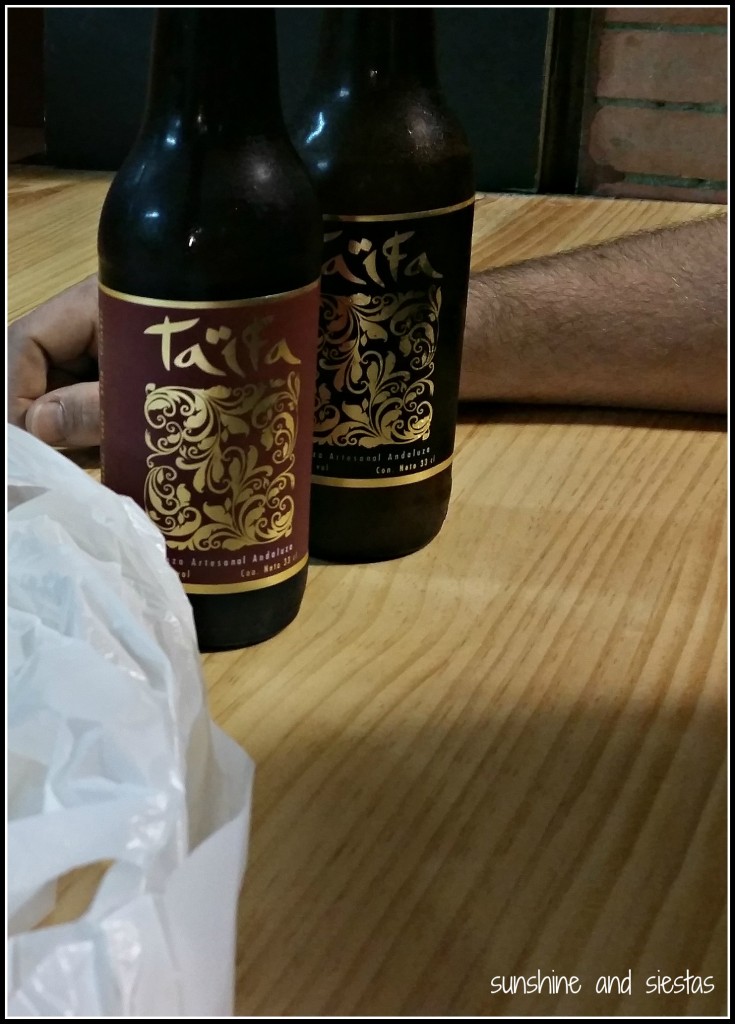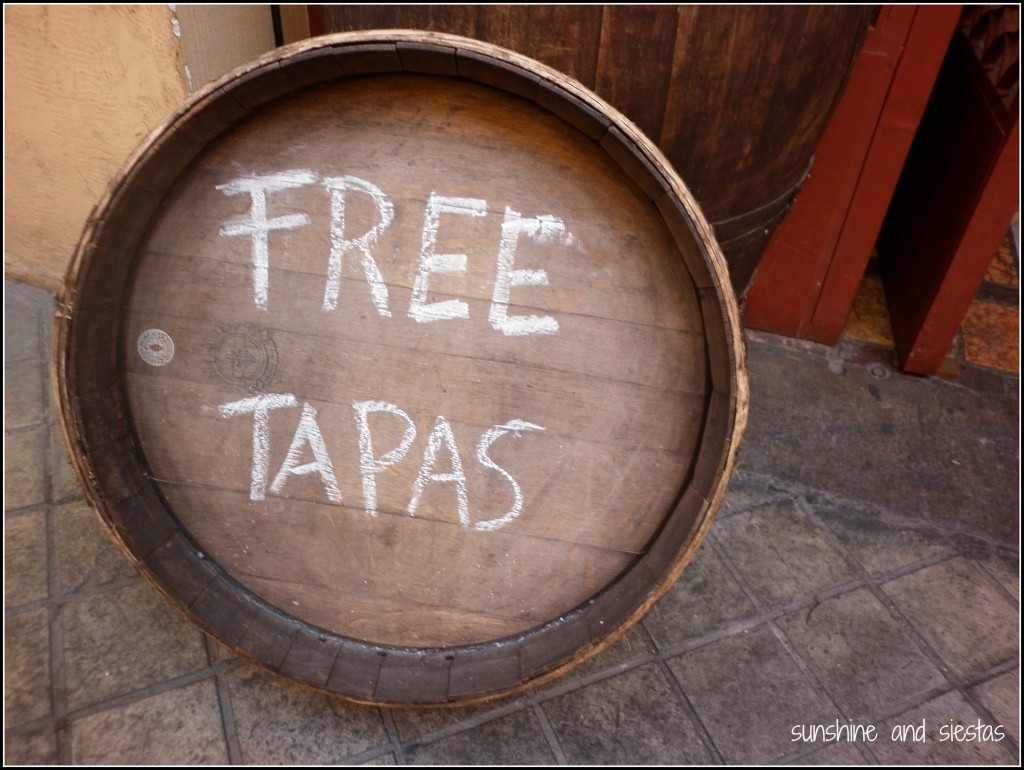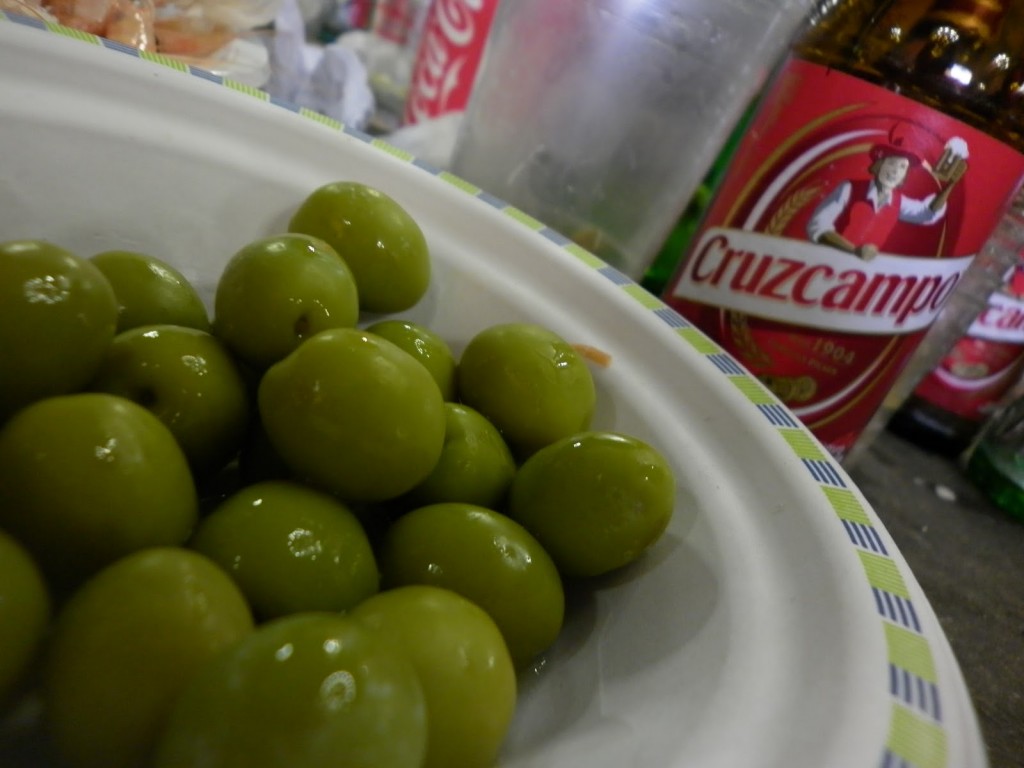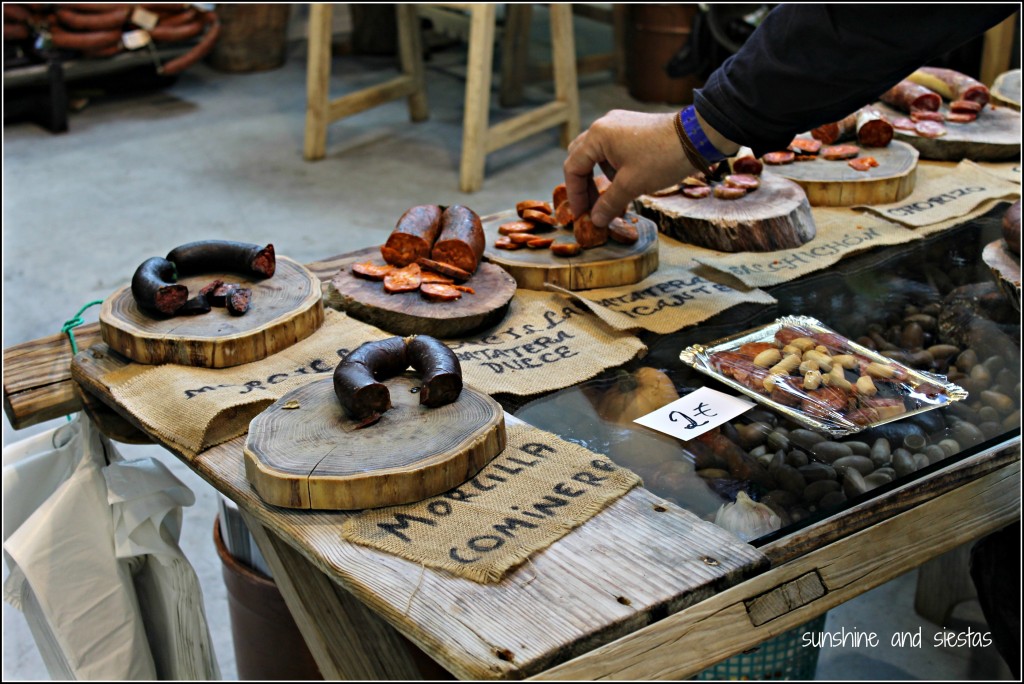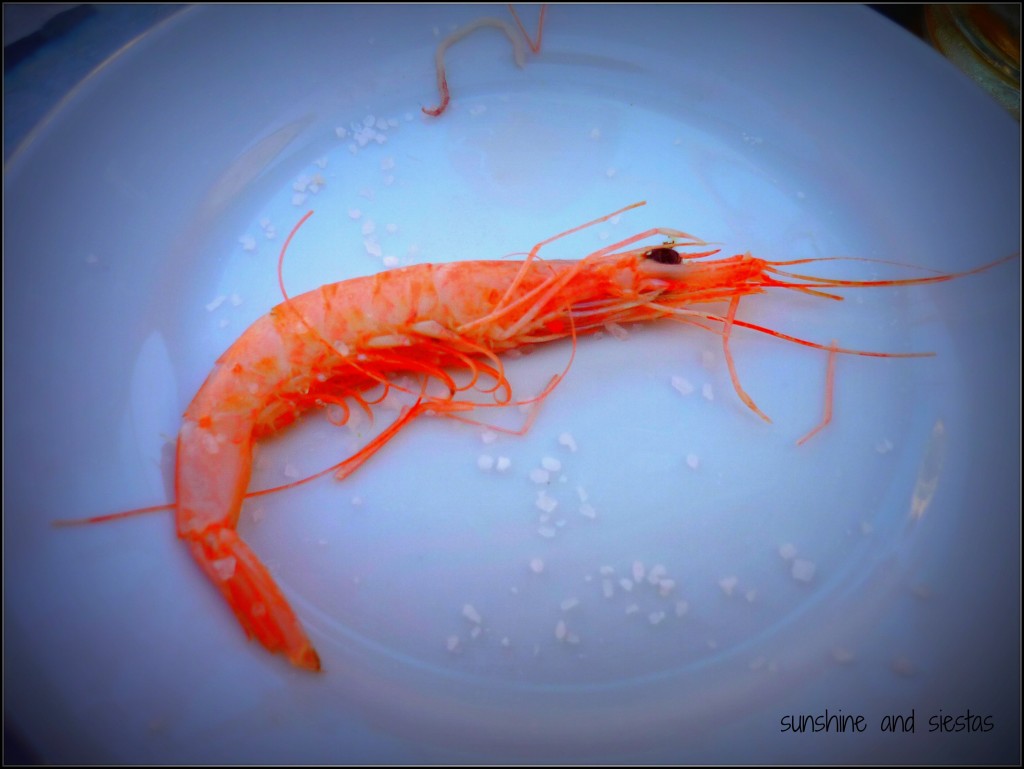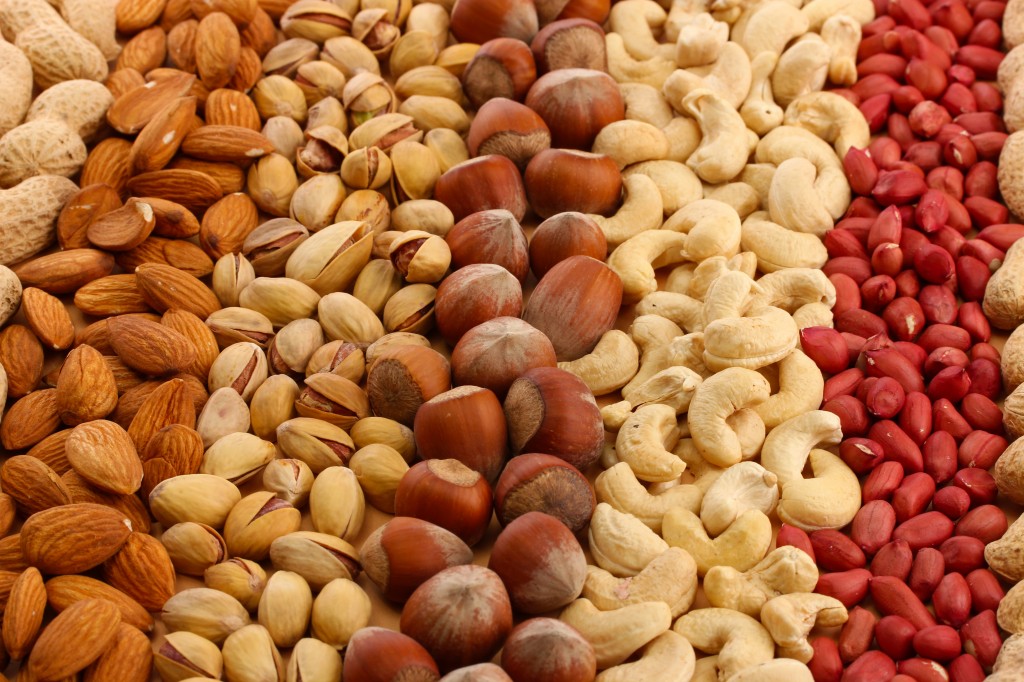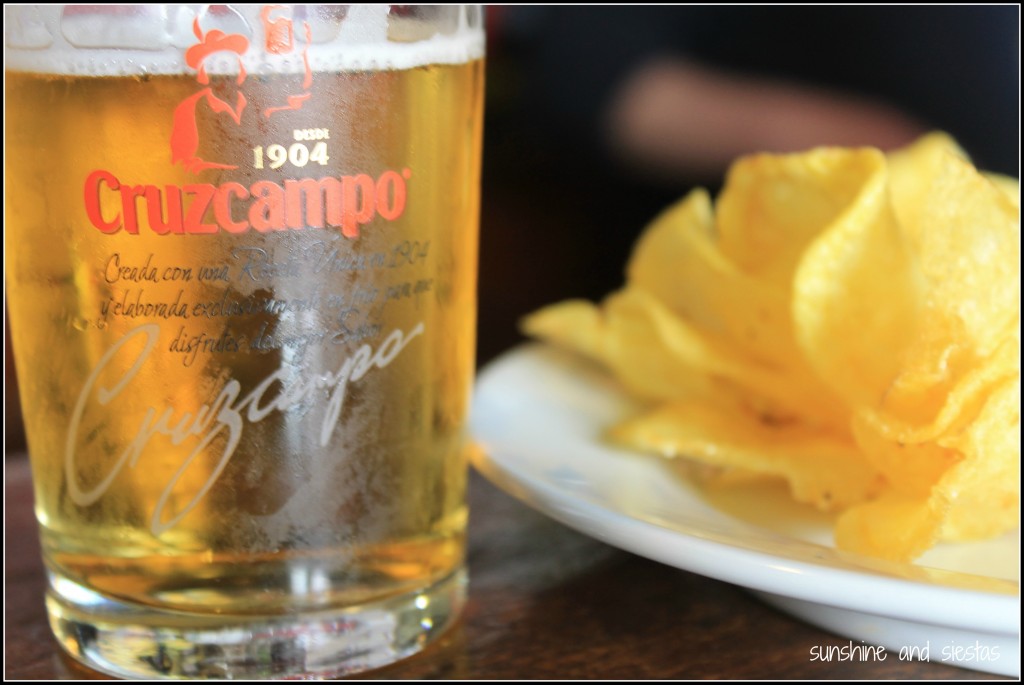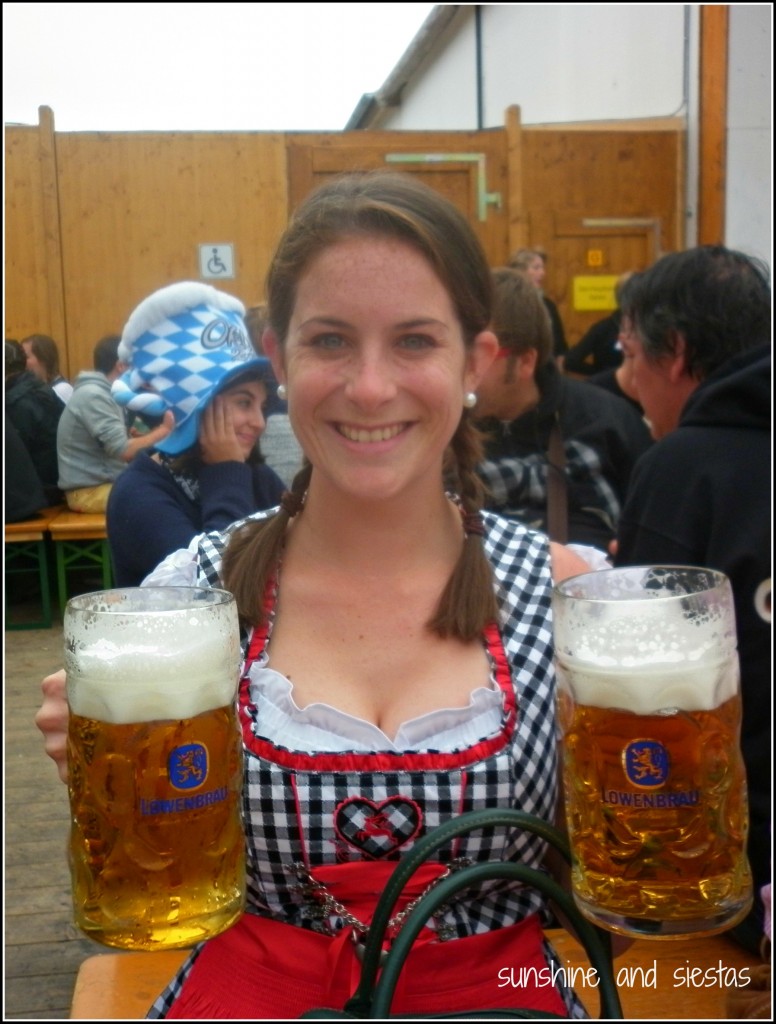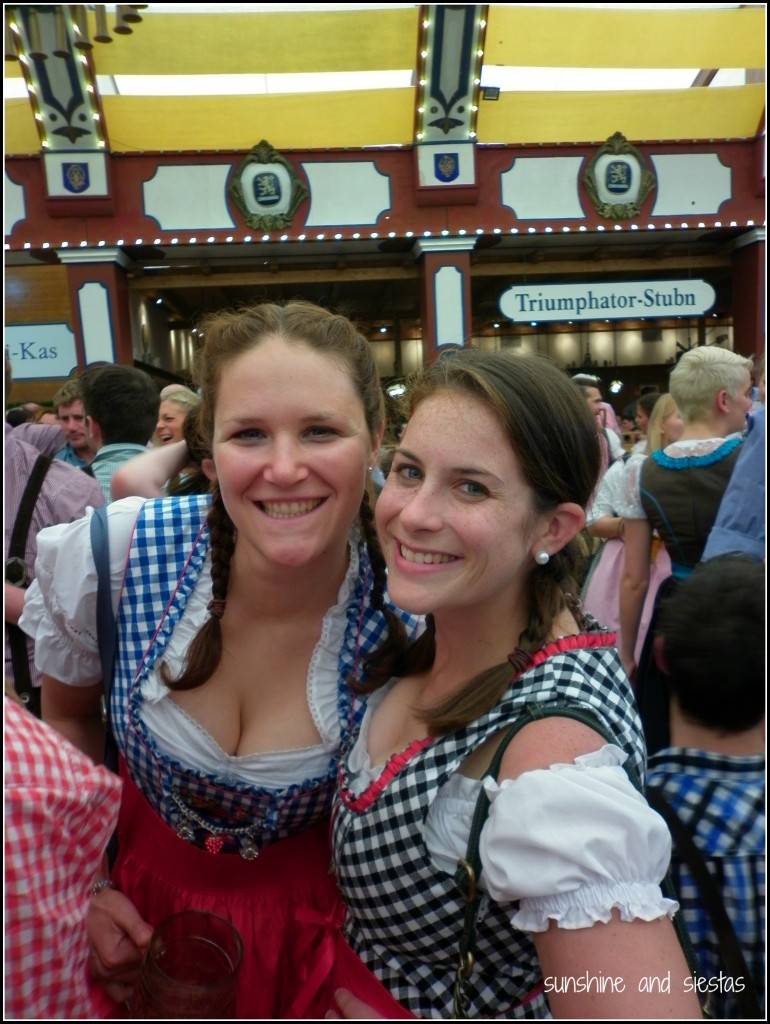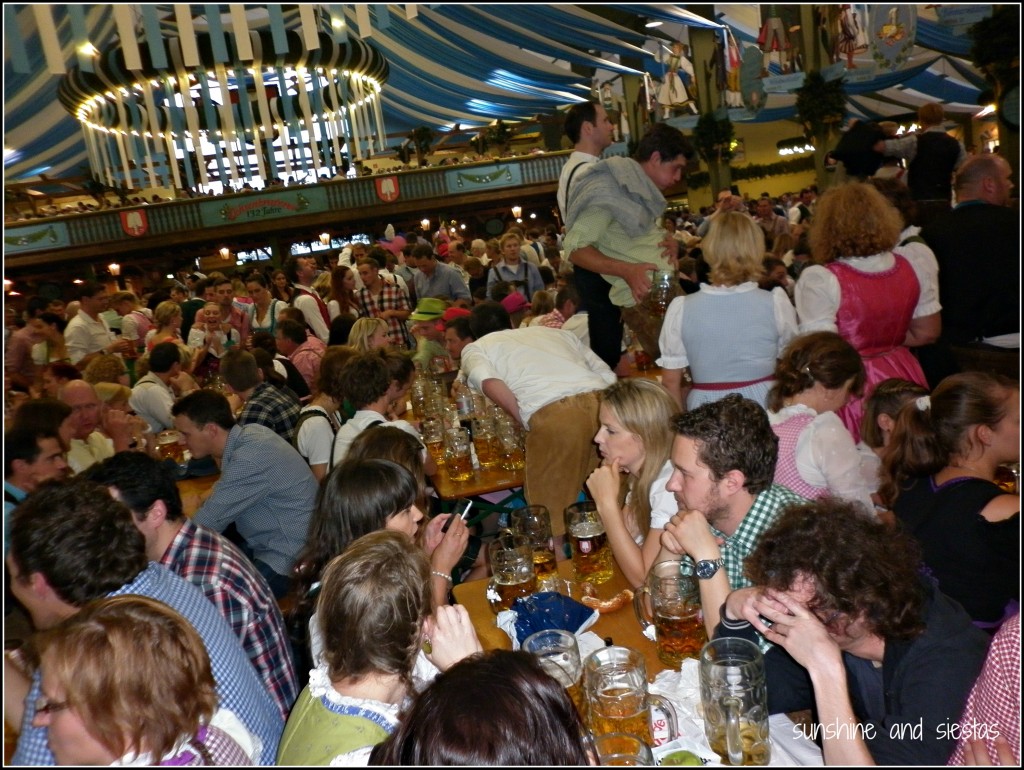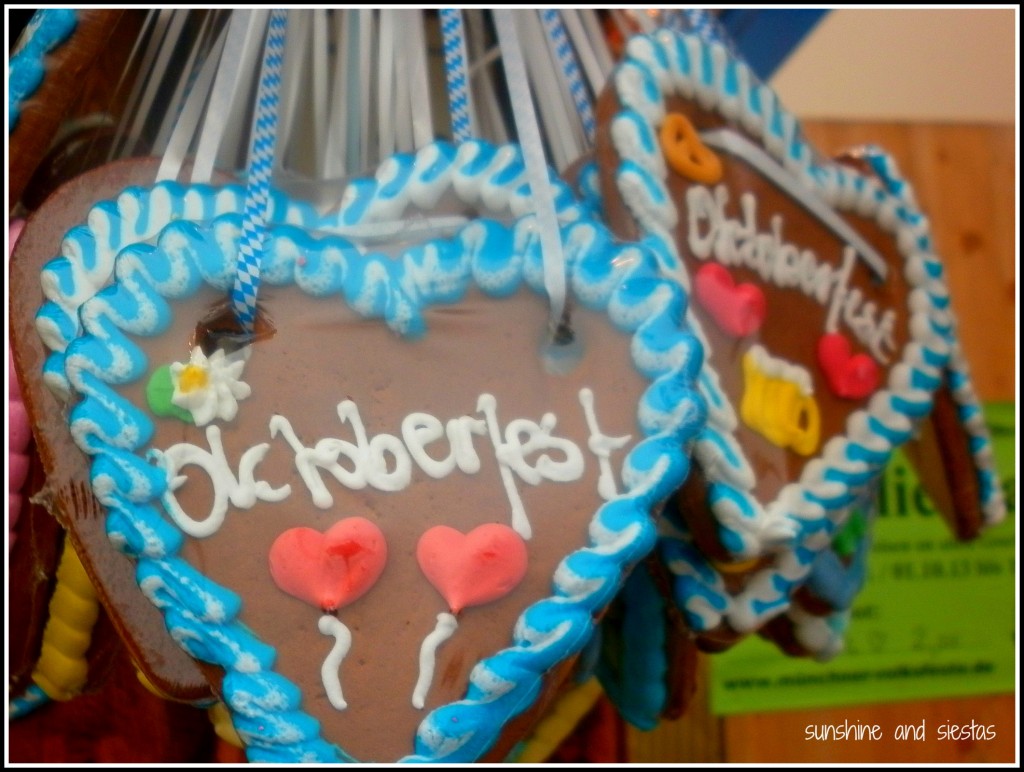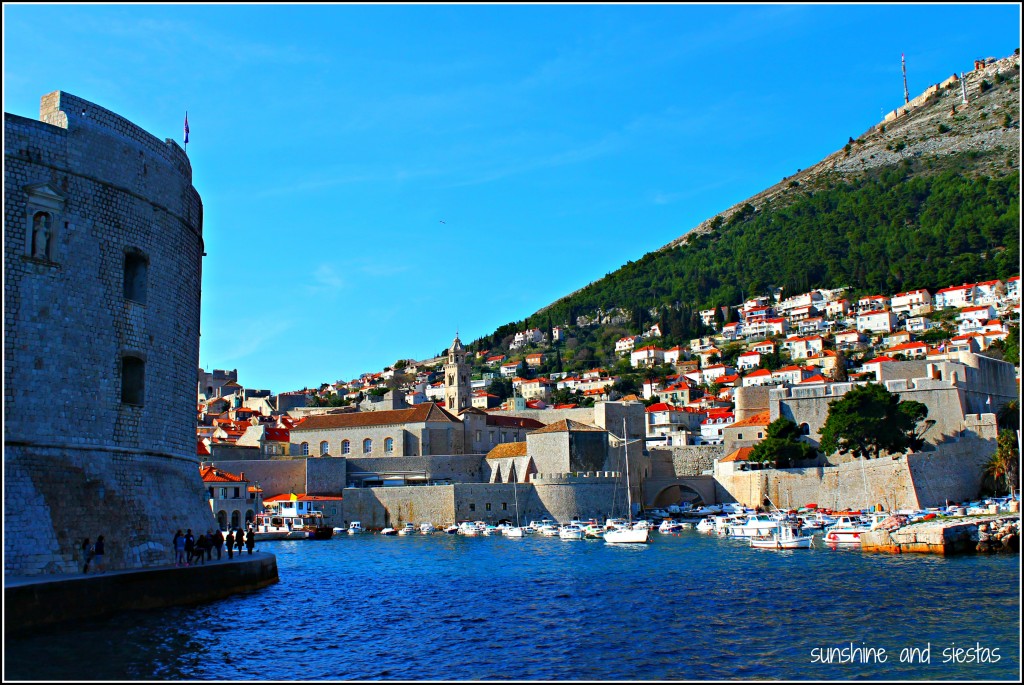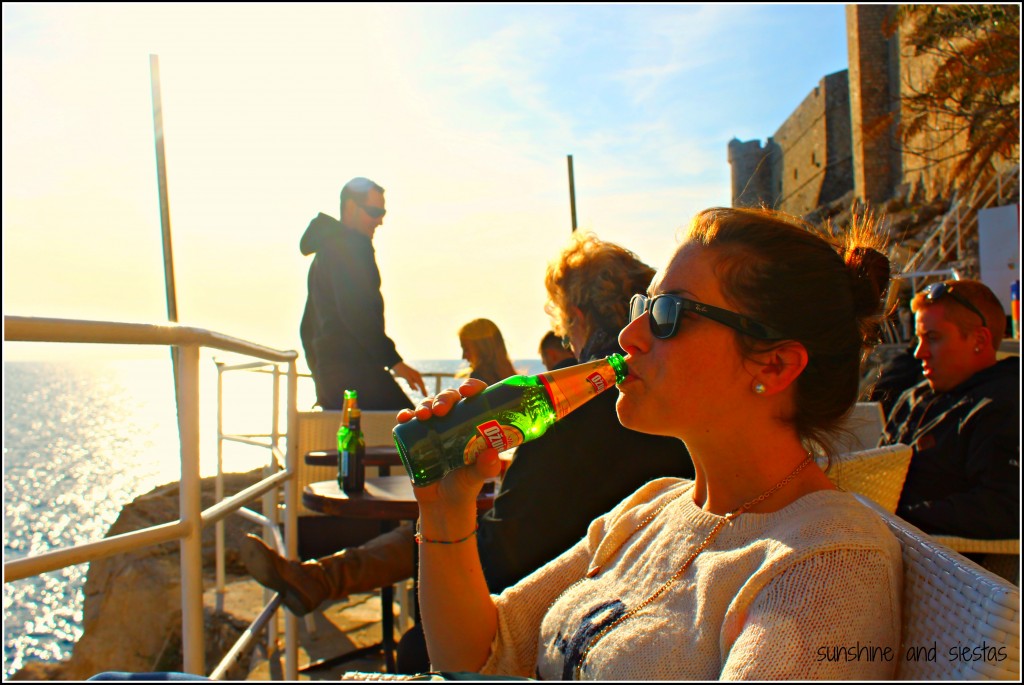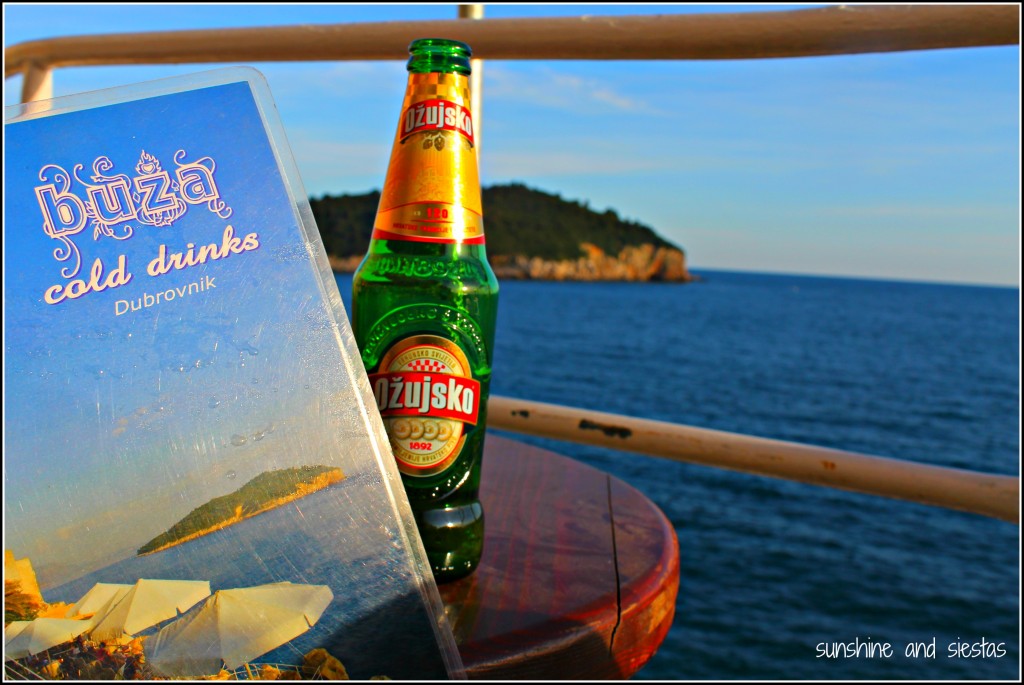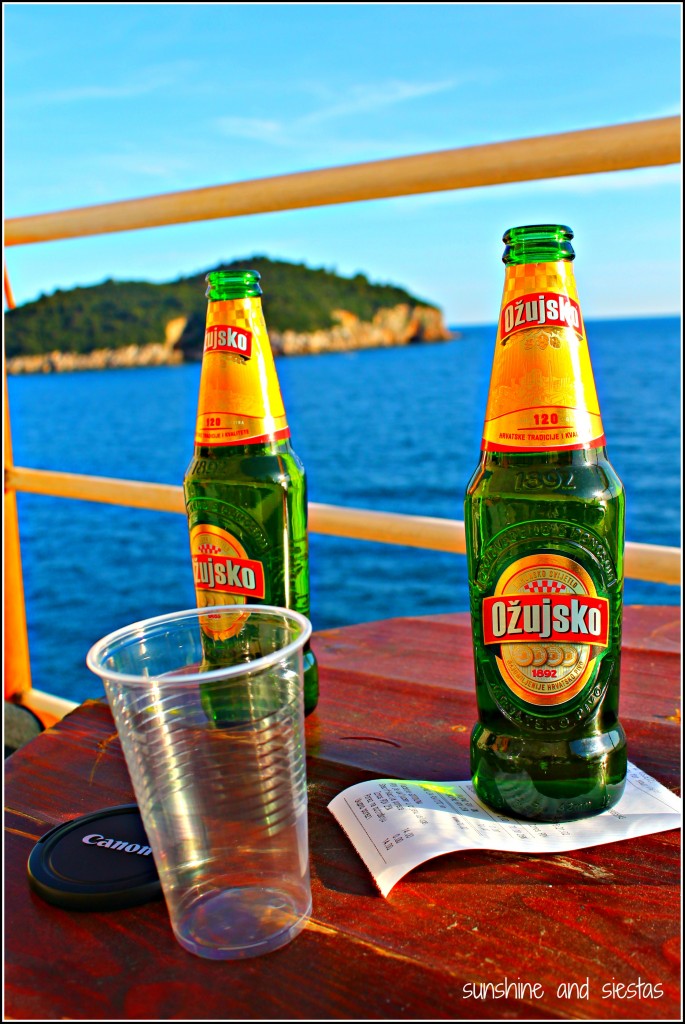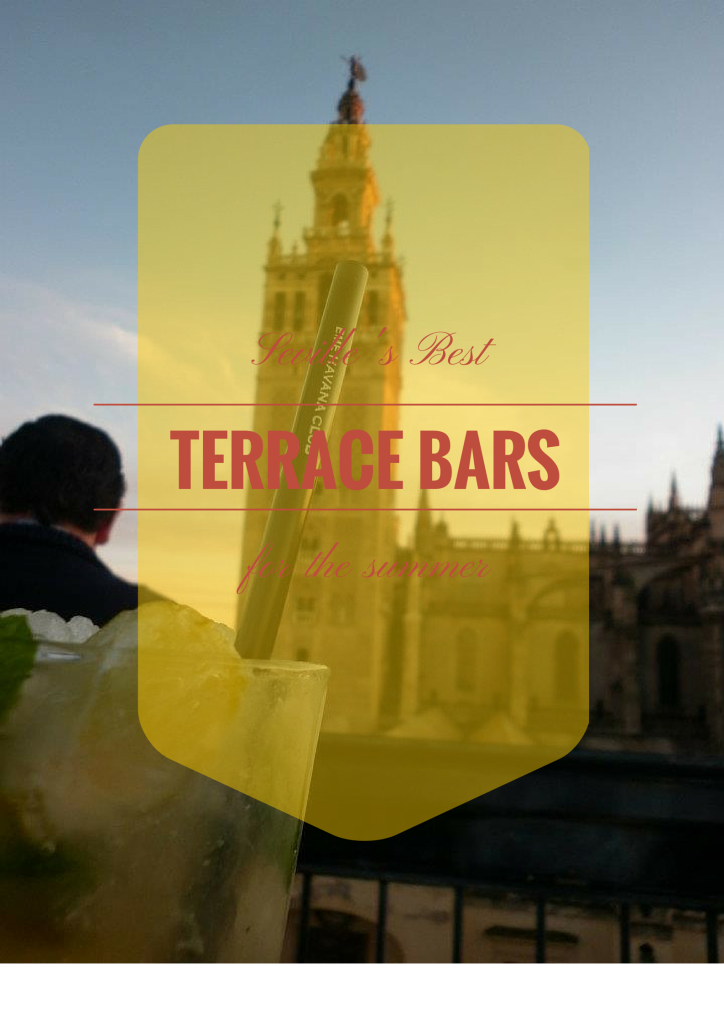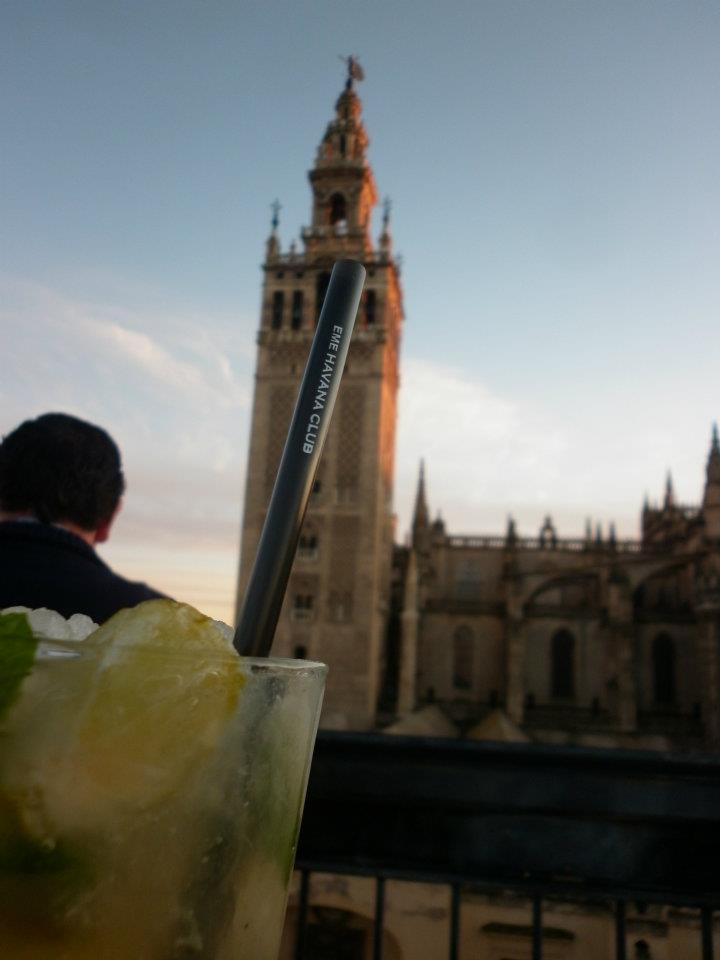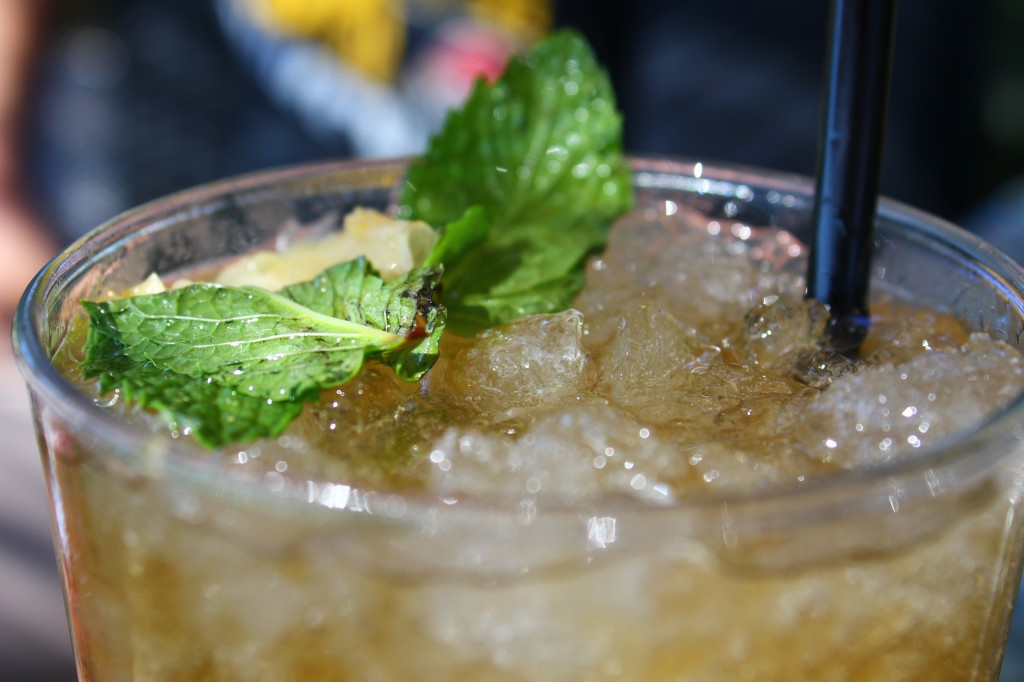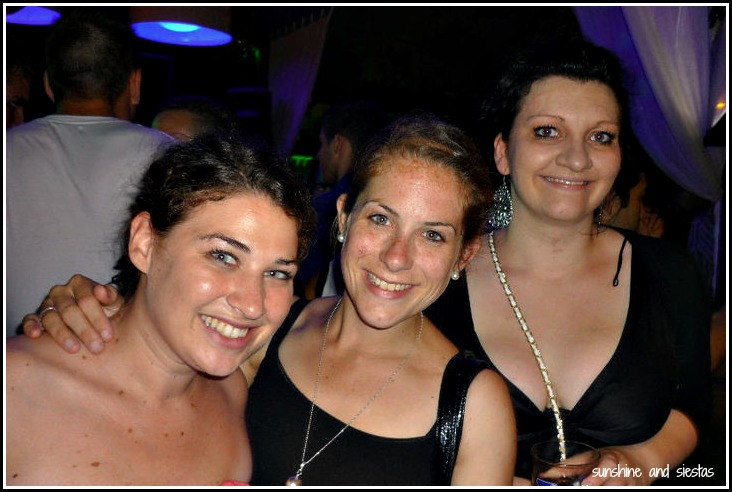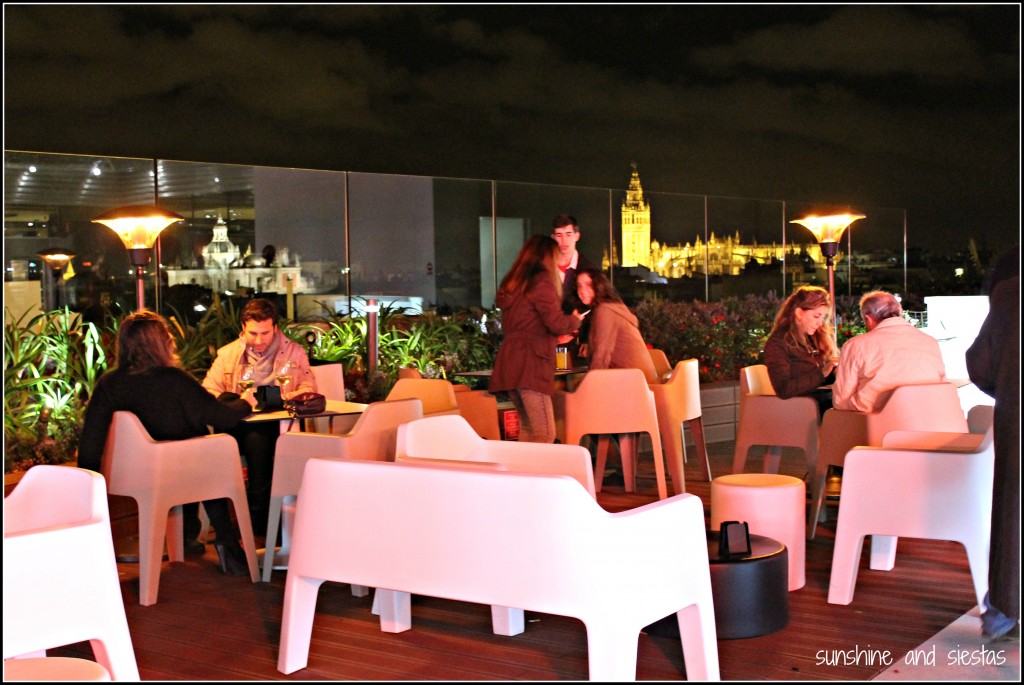I’d long been hoping to visit Germany during Christmas time. After five trips to Deutschland during the coldest months of the year, I finally made it to Oktoberfest, an absolute dream for beer lovers.
But shortly after my trip to the Weis’n, my parents decided to spend Christmas on the Danube River aboard a river boat, leaving from Munich. Glühwein for all!
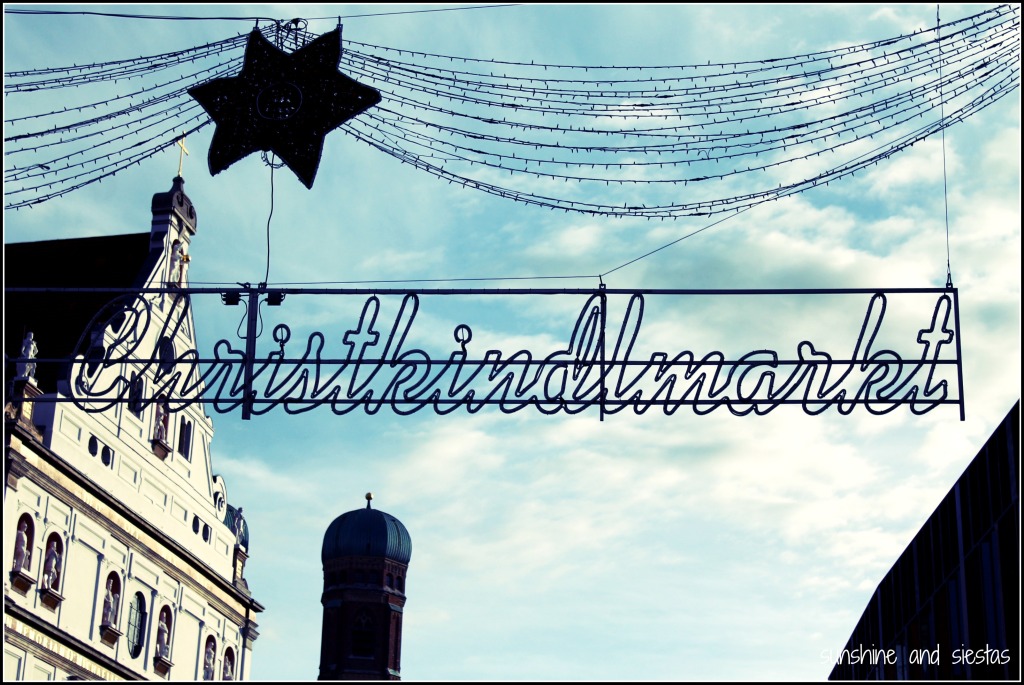
After a chaotic trimester, I tacked on a Friday and Saturday onto a weeklong cruise to eat my way around the Bavarian capital. Flight delays dropped me into the city near midnight, and after fumbling around my hostel dorm room to try to change into pajamas, I woke up still fully clothed and running late to meet my cousin, Christyn.
The hostel workers pointed me towards the city center and circled no fewer than ten markets around town, most of which were clumped around Marienplatz. Even before 10am, the streets smelled of seared meat and sweet, candied nuts, but my sensors detected something else: the GLÜHWEIN.
But in all seriousness, is there anything so delightful?
I chose a booth right in front of the statue that gives Marienplatz its name, and it seems she had the same idea: as soon as I’d wrapped my paws around the steaming cup, she’d sidled up next to me and ordered one, too.
The oldest Munich Christmas market, then called Nicholausmarkt, dates back to the 14th century, and the city now has themed stalls all around town, from traditional to children’s to even a medieval markets that sells pelts and wooden swords. We began at Marienplatz, which has traditional offerings like Christmas decorations and food – and slowly worked our way around the periphery markets.
In the end, my money went not to whimsical dolls or ornaments for my fake Christmas tree, but to food and drink to keep me warm! I’d see more markets in Passau, Vienna and Salzburg on that trip, but Munich’s is more magical – even for a Scrooge like me!
Interested in reading more about Munich? Check out my posts on Oktoberfest, on my thoughts on Neuschwanstein and the surprising village of Passau.
Have you ever been to Munich or any Christmas markets?
